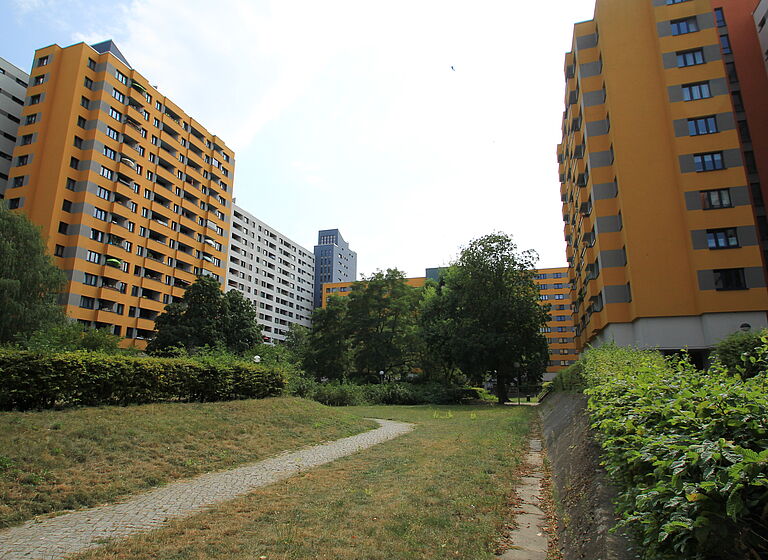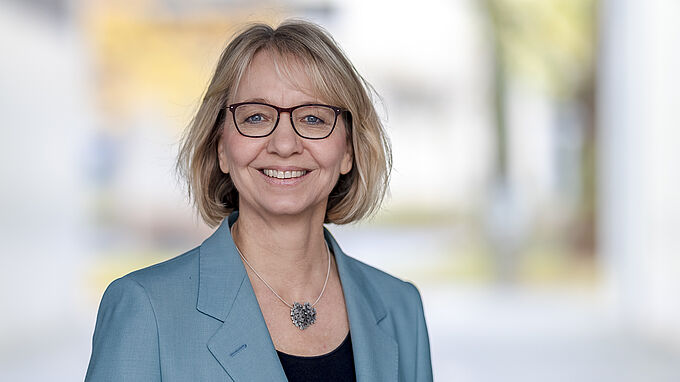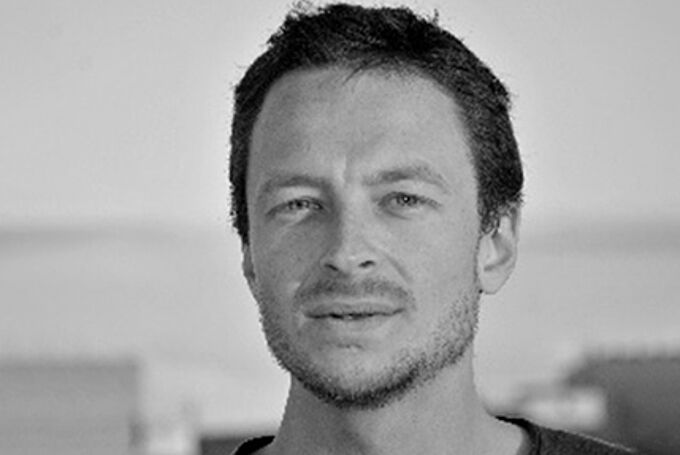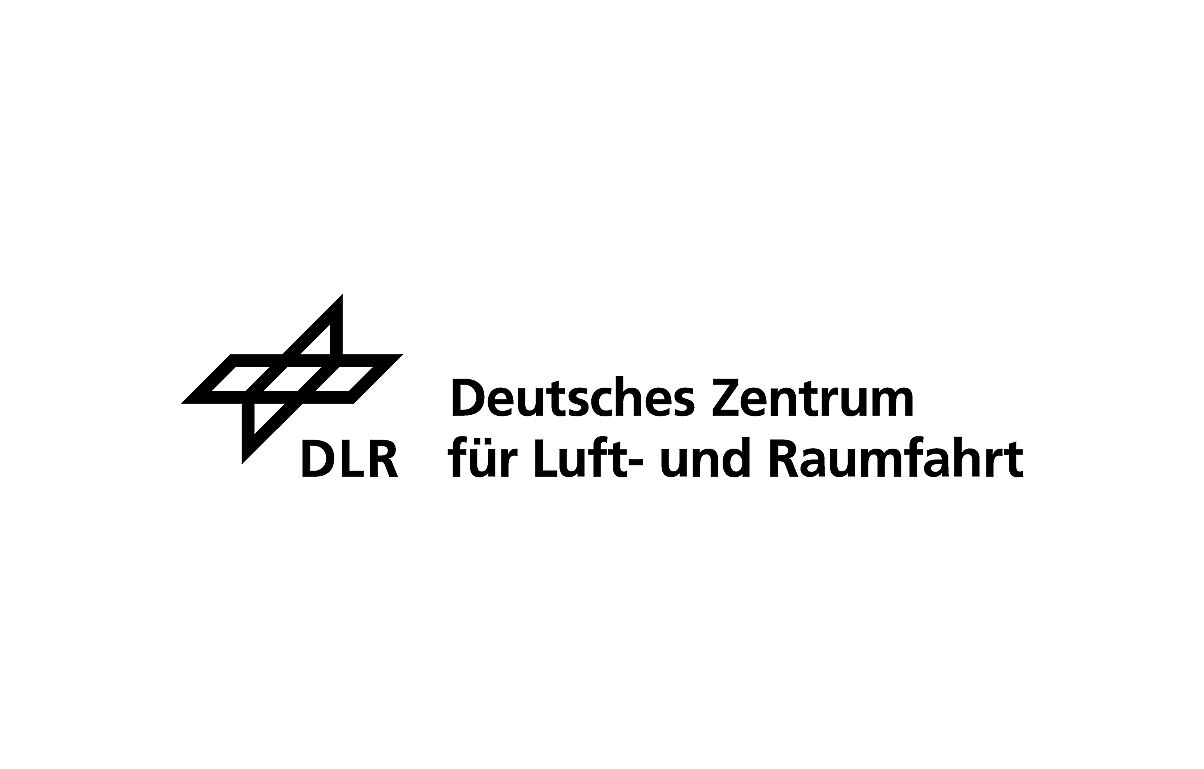
StraInQ
Strategies and instruments of social coexistence in the neighbourhood for the integration of particularly disadvantaged population groups
Online symposium on 14.10.2022
Strengthening social coexistence in the neighbourhood - culturally sensitive spaces, participation and anti-discrimination
Further information
Integration and participation of disadvantaged groups in urban neighbourhoods
People from EU member states, especially Romania, Poland and Bulgaria, are the largest immigrant group in Germany. Enabling members of the stigmatised Rom:nja minority in particular to gain access to various areas of society, such as housing and work, as well as promoting their social and cultural participation, is a particular challenge for local integration work due to the tight housing market in large cities, antiziganistic reservations in the host society, discrimination at various levels of society and the personal conditions of the group.
Which housing and neighbourhood-related measures can promote the participation of this disadvantaged group in society? How are public spaces and social infrastructures in urban neighbourhoods perceived and used by different groups of residents? What are particularly community-promoting places and what contribution can they make to improving social coexistence and integrating disadvantaged minorities?
Under the leadership of the ISP, these questions are being investigated with practical partners using the Märkisches Viertel Berlin as a case study in the StraInQ joint project.
StraInQ
Grant provider: Funding body: Third-party funded research project of the Bundesministerium für Bildung und Forschung (BMBF)
FONA - Forschung für Nachhaltigkeit
Project sponsor: Deutsches Zentrum
für Luft- und Raumfahrt e.V. (DLR)
Duration: from 05.2020 to 02.2023 (StraInWo: 07.2016 – 06.2020)
About the project
The StraInQ research project builds on the results of the previous project StraInWo. Strategies developed in this project to promote access to housing for disadvantaged groups are to be supplemented in the current project by findings on socio-spatial integration in existing neighbourhoods and districts. Questions about the everyday use of public spaces and social infrastructures as well as the coexistence of people in densely populated residential neighbourhoods characterised by immigration are at the centre of attention.
Case study Märkisches Viertel
The Märkische Viertel is a large housing estate built in the 1970s in the district of Berlin Reinickendorf, which is now inhabited by almost 40,000 people from more than 100 nations. The buildings in the neighbourhood are almost entirely owned by the state-owned housing company Gesobau AG, which is itself an associated project partner in the research project.
The increased immigration from Germany and abroad to large German cities in recent years and the continuing shortage of affordable housing in Berlin are creating high immigration pressure on the neighbourhood. The influx of economically disadvantaged people, often larger families, and a high proportion of long-term residents have recently led to considerable demographic changes in the Märkisches Viertel.
This change process has been countered by numerous measures within the framework of urban development funding (Socially Integrative City), the energy-efficient refurbishment of residential buildings by Gesobau AG, and the expansion of social facilities. Last but not least, the high satisfaction of the residents with their current living situation shows the success of these efforts. Nevertheless, the neighbourhood still faces considerable challenges regarding the socio-economic status of its residents, the negotiation of living together in ever greater diversity, and finally the socio-ecological consequences of the development of the city as a whole.
Rom:nja in the Märkisches Viertel
Members of the Sinti:zza and Rom:nja minority have been living in the Märkisches Viertel for many years. However, in the course of the EU's eastward expansion in 2007, the influx of people from south-eastern Europe increased considerably. Rom:nja also increasingly migrated to big cities like Berlin. There they encountered an already tight housing market and often anti-gipsy reservations, among others from (private) landlords. As a result, many Rom:nja families lived in homelessness or irregular housing conditions (see alsoStraInWo research results).
Against the backdrop of increasing numbers of homeless Rom:nja from South-Eastern Europe, a cooperation between the Senate Department for Labour, Integration and Social Affairs, the Integration Office of the District Administration of Reinickendorf of Berlin, GESOBAU AG and the social organisations Phinove e.V. and Aufwind e.V. for the decentralised housing project "Living and Housing in the Märkisches Viertel" was concluded in 2015 on the initiative of the Integration Office of the District Office of Reinickendorf. Within the framework of this housing project, 12 families (as of the end of 2020) have now been provided with housing. Close social support is intended to help the families integrate into the labour market and education sector as well as into the existing neighbourhood (see video clip on the housing project).
Aim and procedure of the research project
Within the framework of the research project, several research questions will be investigated. On the one hand, questions about individual perceptions of space uses and appropriations by different groups of residents in urban neighbourhoods are central:
- How are the neighbourhood, (semi-) public spaces and the (social and ecological) infrastructure perceived and used by immigrants and long-established residents?
- Which spaces and infrastructures are seen by different residents as places of community and community-building, but also as places of conflict?
From these analyses, concrete needs of diverse neighbourhoods for social and spatial infrastructures are identified and possibilities for their qualification are derived:
- What are the different requirements for (semi-) public spaces as well as social and ecological infrastructures and how can these be qualified for a culturally sensitive transformation from the perspective of different groups of residents?
Finally, questions on the promotion of social cohesion and the reduction of discrimination (here especially antiziganism) have a special status in the research project:
- Which instruments for the promotion of social cohesion and the reduction of discrimination can be further developed and consolidated at the local level?
- What contribution do different actors (including municipal, housing industry, intermediary and civil society actors) make?
As a result, recommendations for action will be developed for a socio-ecologically sustainable and culturally sensitive transformation of neighbourhoods based on the promotion of social cohesion.
Furthermore, different instruments for the integration of disadvantaged groups (especially Rom:nja) are being tested in the Märkisches Viertel. The aim is to use these measures to achieve concrete progress in terms of improving participation opportunities in the neighbourhood.
Through the close link between science and practice, results are reflected and further developed together with the actors involved to ensure the connectivity and transferability of the findings and solution contributions.
Practice-oriented research approach
The concept of the "real laboratory" has been increasingly used in practice-oriented research in recent years. The approach aims equally at the development of scientific findings, the implementation and testing of solutions in practice, and learning effects for the actors involved.
In the StraInQ project, individual practices of spatial perception and appropriation by different neighbourhood residents are being investigated. The housing project "Wohnen und Leben im Märkischen Viertel" (Living in the Märkisches Viertel), which is currently being implemented, is being scientifically accompanied and evaluated about the socially integrative effects for the target group, and additional instruments for promoting social cohesion and anti-discrimination are being developed together with the project partners and local actors.
Fields of activity
The StraInQ research project works in the following fields of activity:
- individual perception and use of space by different groups of residents in the neighbourhood
- Improvement of the housing situation of formerly homeless Rom:nja families, e.g. by testing measures for social integration.
- Culturally sensitive transformation of urban neighbourhoods
Scientific findings of the ISP
Residents' perspectives on the neighbourhood with regard to the perception and use of public spaces.
With the help of qualitative and quantitative methods, the perspectives of the residents of the case neighbourhood are recorded and evaluated.
Socio-spatial impact of integrative housing projects
The evaluation of the housing project "Living in the Märkisches Viertel" examines the integrative effects of the project on the target group.
Recommendations for action for culturally sensitive transformation
Recommendations for action for a culturally sensitive transformation of urban neighbourhoods are discussed and developed together with partners from science and practice.
Project team
Project partner
- Integrationsbüro des Bezirksamtes Reinickendorf
- Aufwind - Verein für Aufsuchende Erziehungshilfen e.V.
- Gesobau AG
- Fachbereich Stadt- und Regionalsoziologie der HafenCity Universität Hamburg: Prof. Dr. Ingrid Breckner
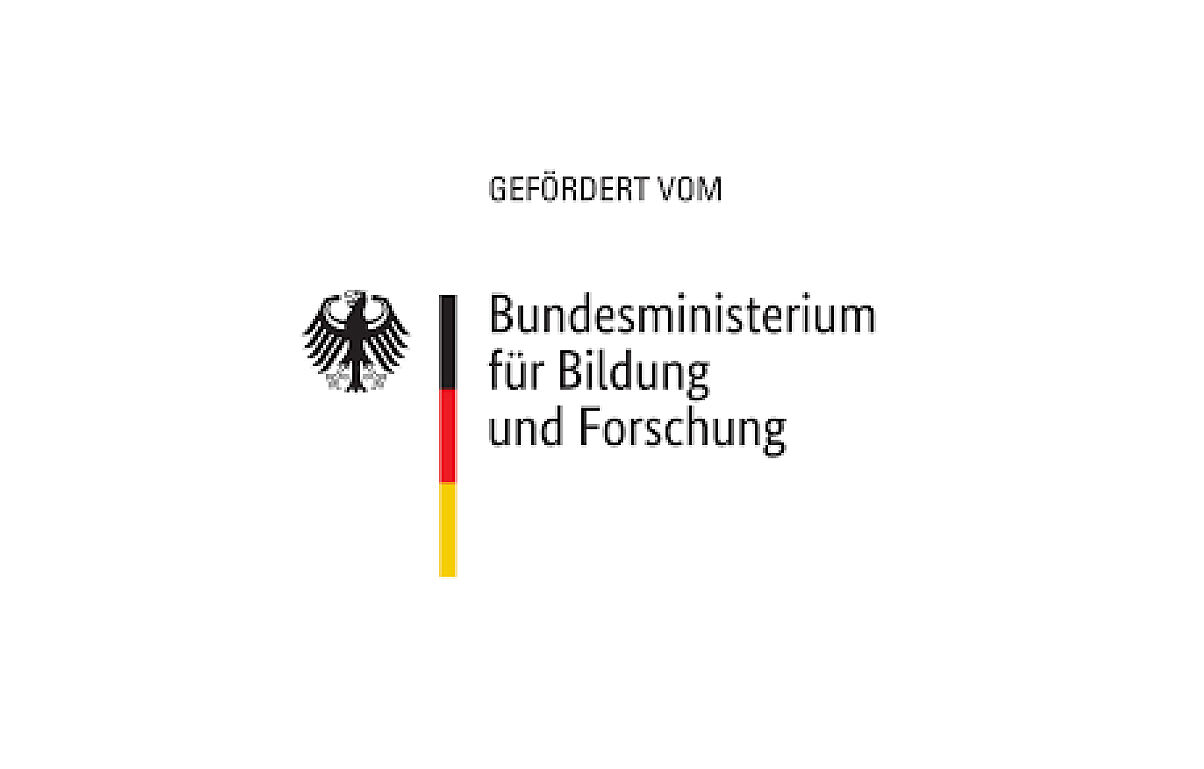
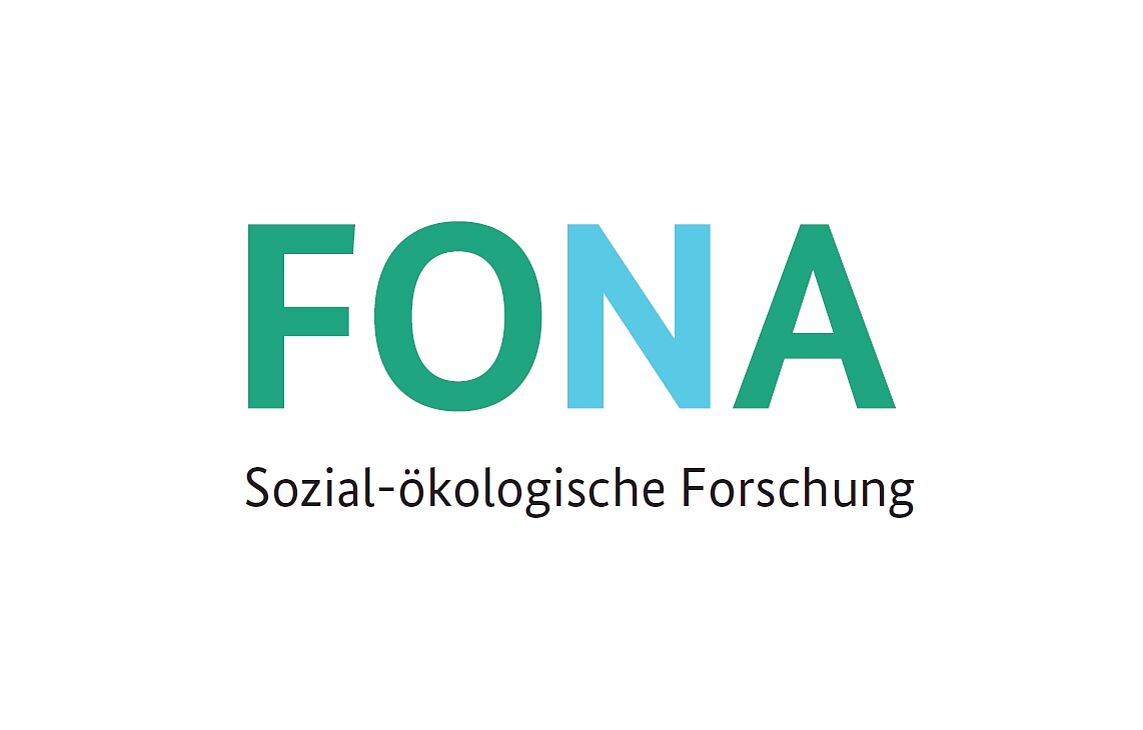
-
Glöckner, Johannes; Sinning, Heidi; Mundt, Matthias; Stadtfeld, Julia: Kultursensible Transformation städtischer Quartiere. Handlungsempfehlungen - Ergebnisse aus dem Forschungsprojekt StraInQ, ISP-Schriftenreihe, Bd. 19, Erfurt (Script in PDF format)
Riechel, Robert; Berndt, Matthias; Pilz, Madlen; Keskinkilic, Leoni; Wiegand, Anna; Rößler, Stefanie; Friedrich, Katja; Milstrey, Ulrike; Sinning, Heidi; Hanhörster, Heike; Hans, Nils, Schmiz, Antonie 2021: Migration und Teilhabe in städtischen Wohnquartieren. Ergebnisse aus dem Fokusthema „Sozialer Zusammenhalt und Migration" der BMBF-Zukunftsstadtforschung. Thesen für die Praxis. Synthese Paper Zukunftsstadt und urbane Transformation, Nr. 2, hg. von SynVer*Z - Synthese- und Vernetzungsprojekt Zukunftsstadt, Berlin. (Script in PDF format)
-
- Fachhochschule Erfurt: Quartiersforschung im Märkischen Viertel Berlin - Soziales Zusammenleben und Integration besonders benachteiligter Bevölkerungsgruppen. Forschungsprojekt zur nachhaltigen Transformation von Stadtquartieren gestartet, Erfurt, Press release from the FH Erfurt from 20.05.2020
- ISP, Aufwind e.V.; Das Wohnprojekt "Wohnen und Leben im Märkischen Viertel". Ein Film im Rahmen des BMBF-Forschungsprojektes StraInQ, 01.02.2022. URL: https://www.youtube.com/watch?v=cH95WOmyDMk

